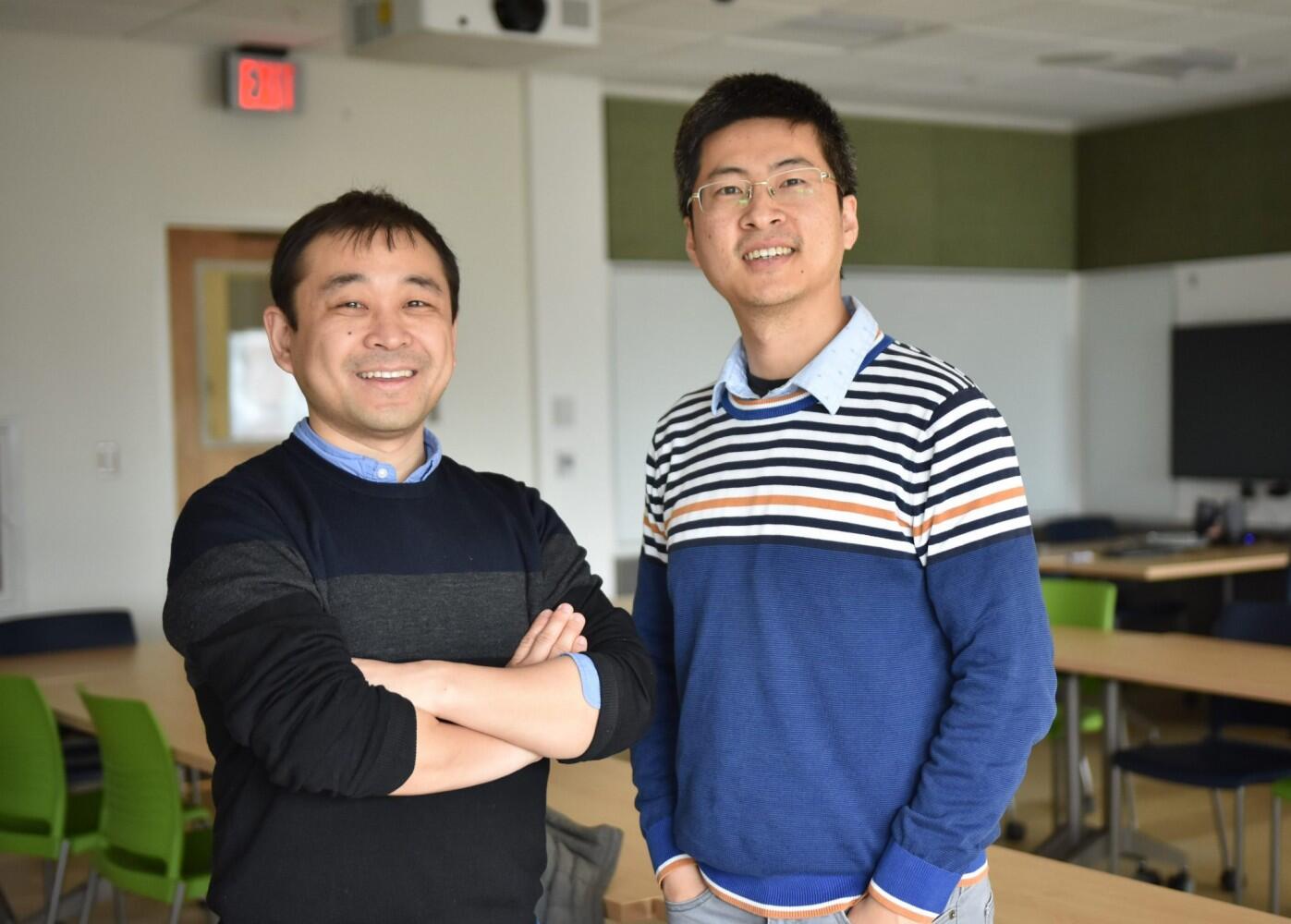Out of this world: U of I bioenergy researchers accurately measure photosynthesis from space

URBANA, Ill. -- As most of us learned in school, plants use sunlight to synthesize carbon dioxide (CO2) and water into carbohydrates in a process called photosynthesis. But nature’s “factories” don’t just provide us with food — they also generate insights into how ecosystems will react to a changing climate and carbon-filled atmosphere.
Because of their ability to make valuable products from organic compounds like CO2, plants are known as “primary producers.” Gross primary production (GPP), which quantifies the rate of CO2 fixation in plants through photosynthesis, is a key metric to track the health and performance of any plant-based ecosystem.
A research team with the U.S. Department of Energy’s Center for Advanced Bioenergy and Bioproducts Innovation (CABBI) at the University of Illinois Urbana-Champaign developed a product to accurately measure GPP: the SatelLite Only Photosynthesis Estimation Gross Primary Production (SLOPE GPP) product at a daily time step and field-scale spatial resolution.
Read more about natural resources and environmental sciences researcher Kaiyu Guan's latest discovery at the CABBI website.